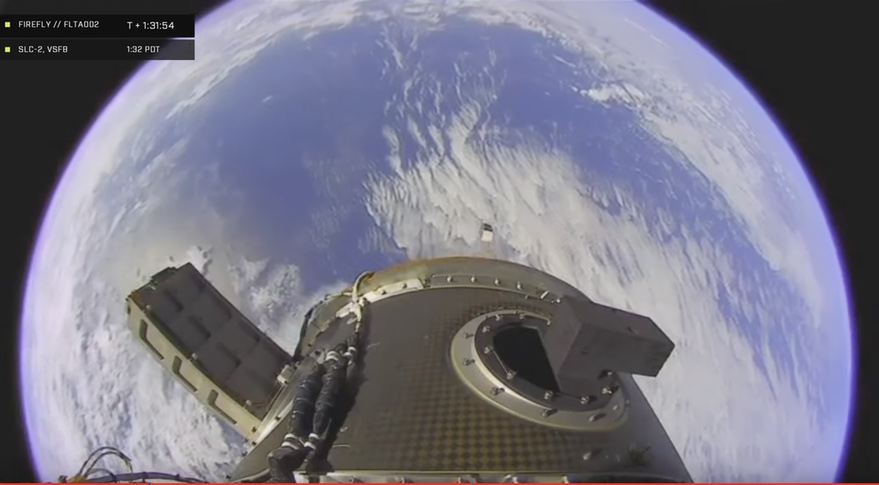Edited on 10/6/22 to add new information from Seradata.
Commercial space company Firefly Aerospace successfully launched its Alpha rocket for the first time last weekend, reaching orbit and deploying three satellites. While the latest determination of the satellites’ orbit reveals they may have not been placed in the correct orbit, the company appears to consider the orbit high enough to be considered a success. But others might not agree.
This launch comes just over a year after the Alpha rocket’s first launch attempt exploded two and a half minutes after liftoff from Vandenberg Space Force Base in California.
Seradata, a launch and satellite database said on Twitter on October 6 that they do not consider the launch a success:
In a press release from Firefly, before it was revealed the satellites did not reach their intended orbit, Bill Weber, Firefly CEO said, “With the success of this flight, Firefly has announced to the world there is a new orbital launch vehicle, available today, with a capacity that is pivotal to our commercial and government customer. Proving our flight and deployment capabilities on only our second attempt is a testament to the maturity of our technology and the expertise of our team. This is an exciting day at Firefly, and we have many, many more ahead. I could not be more excited for the Firefly team.”
Firefly is not alone with a difficult road to orbit. So far, no commercial rocket launch company has ever successfully gotten to orbit on the first try. But Firefly says that with the success of this mission, they are now “the first company to launch and reach orbit from US soil in only its second attempt.”
Firefly is the fifth U.S.-based rocket company to reach orbit in the past 15 years, joining SpaceX, Rocket Lab, Virgin Orbit and Astra.
In the press release, Firefly also said they are the first and only US commercial space company with a rocket ready to take customers to space with its “medium-lift” category of rockets. Firefly’s Alpha rocket stands 29 meters (95 feet) tall and can launch as much as 1,300 kilograms of payload to orbit, at a price of $15 million per launch.
During the mission, Alpha successfully completed other major technical milestones, including a two-burn maneuver, relighting the second stage during its first orbital flight.
The three main payloads included demonstration satellites: one was NASA’s TechEdSat-15, a cubesat that includes several technology demonstration payloads, such as an “exo-brake” to help in deorbiting satellites; the Teachers in Space – Serenity 3U cubesat is designed to collect basic flight data for use by educators, and a PicoBus deployer carried six PocketQube satellites for AMSAT Spain, Fossa and Libra Space Foundation.
Firefly has another Alpha launch scheduled for this year, and plans to launch as many as six in 2023 and 12 in 2024.

